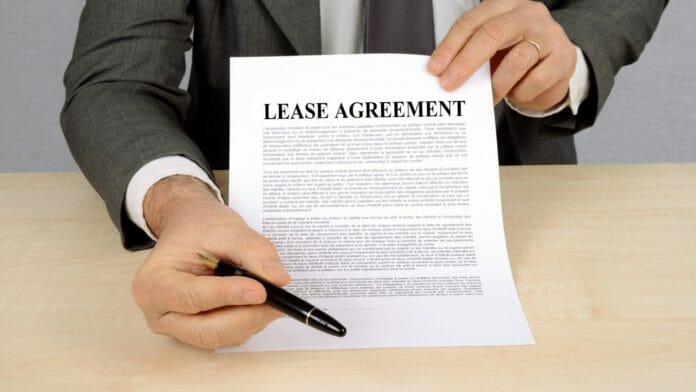When it comes to real estate, the terms “lease” and “sublease” are often used interchangeably, but there are actually some key differences between the two. Here’s everything you need to know before signing a lease contract.
What is a lease?
A lease is a legally binding agreement between a tenant and a landlord that outlines the terms of the rental agreement, such as the length of the lease, the monthly rent amount, and any rules or regulations regarding the property.
The different types of lease contracts and what each one entails
There are two main types of lease contracts: fixed-term and periodic.
- Fixed-term leases are the most common type of lease agreement. They are for a specific length of time, typically one year, and the rent amount is set for the duration of the lease. At the end of the lease term, the tenant has the option to renew the lease for another term or move out.
- Periodic leases, on the other hand, do not have a set end date. They typically run on a month-to-month basis, but can also be weekly or biweekly. The rent amount can be increased with each new period, as long as the landlord gives the tenant proper notice (usually 30 days).
What is a sublease?
A sublease is an agreement between a tenant and another party (known as the “subtenant”) that allows the subtenant to live in the property for a portion of the lease term. The original tenant is still responsible for paying rent to the landlord and following all the terms of the lease agreement.
Assignment vs sublease
It’s important to note that there is a difference between a sublease and an assignment. An assignment occurs when the tenant transfers their entire interest in the lease to another party, meaning they are no longer responsible for the property. A sublease, on the other hand, allows the tenant to retain their interest in the lease while renting out a portion of the property to another party. Now that you know the basics of leases and subleases, you can start your search for the perfect rental property. Just remember to thoroughly read and understand the lease agreement before signing anything!
What to do if you want to break your lease contract
If you need to break your lease for any reason, it’s important to know your legal rights and options.The first step is to check your lease agreement to see if there is a clause that allows you to break the lease under certain circumstances, such as job loss or relocation. If there is such a clause, be sure to follow the proper procedures outlined in the contract.
If there is no clause that allows you to break the lease, your next best option is to negotiate with your landlord. Explain your situation and see if they are willing to let you out of the lease early. If they agree, be sure to get it in writing so you have documentation of the agreement. If your landlord is not willing to let you out of the lease early, your only other option is to wait until the end of the lease term to move out.
However, you will still be responsible for paying rent until that time. So, if you know you need to break your lease, it’s best to start planning and saving as soon as possible. Breaking a lease is not a decision to be made lightly, but sometimes it’s unavoidable. Just be sure to know your rights and options before taking any action.
How to read the fine print before signing anything
When you’re ready to sign a lease, be sure to read the entire contract carefully. Don’t be afraid to ask questions if anything is unclear. And, most importantly, don’t sign anything you’re not comfortable with! The fine print of a lease agreement can be confusing, but it’s important to take the time to understand it. After all, you’ll be responsible for following the terms of the lease, so you need to know what you’re agreeing to. Some things to look for in the fine print include:
- The length of the lease term
- The amount of rent and when it’s due
- Late fees and other penalties
- Guidelines for renewing or terminating the lease
- The landlord’s contact information
- Any restrictions on use of the property, such as pets, smoking, or noise levels
Remember, a lease is a binding legal agreement. So, before you sign anything, be sure you understand all the terms and conditions. Once you sign the lease, you’ll be required to uphold your end of the bargain. So, read the fine print and make sure you’re comfortable with everything before you sign on the dotted line.
What kind of deposits and fees you can expect to pay upfront
When you’re ready to move into a rental property, there are a few things you’ll need to take care of first. Namely, you’ll need to pay the security deposit and any other fees that may be required by the landlord. The security deposit is typically equal to one month’s rent and is used to cover any damage that may occur during your tenancy. Other fees may include a pet deposit, key deposit, or cleaning fee. Be sure to ask about all required deposits and fees before signing the lease so you can budget accordingly.
How to get your security deposit back when you move out
When you move out of a rental property, you’ll want to get your security deposit back. To do this, you’ll need to leave the property in the same condition it was in when you moved in. This means cleaning the unit and making any necessary repairs. You may also be required to provide the landlord with a forwarding address so they can send you the deposit. Be sure to check your lease agreement for specific instructions on how to get your security deposit back.


